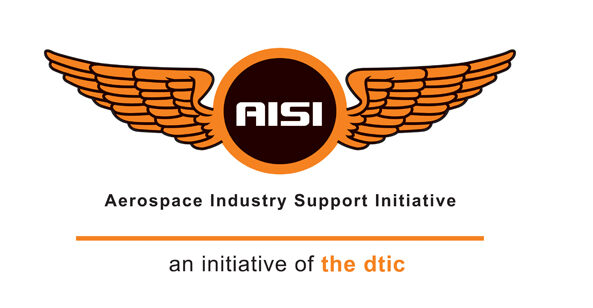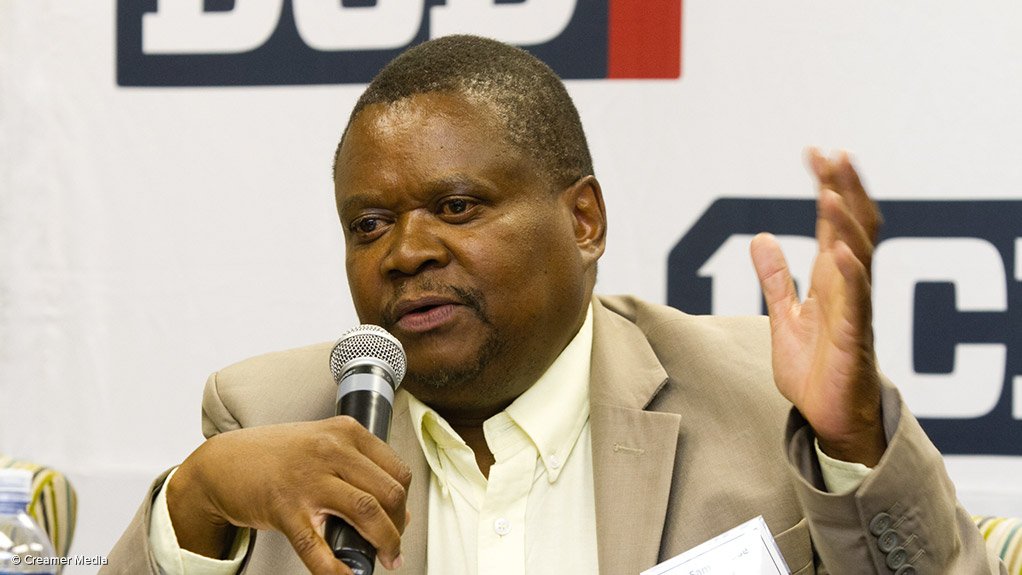The National Defence Industry Council (NDIC) should have its strategy for the sector completed by the last day of November, Defence Secretary Dr Sam Gulube stated on Thursday. He was speaking at the official launch of the Council. This strategy will be the result of the efforts of a number of committees that will undertake different “work streams” over three phases, or “waves”, during the course of this year.
To meet the final and the intermediate deadlines, these committees will have to be appointed by the end of this month. They will report to Dr Gulube. “We foresee the NDIC as meeting every three months,” he said.
Wave 1 will encompass most of the work streams. The list is long. He divided them into a number of sets. The first of these is: support to industry. This includes government to government agreements; guarantees; assistance in financing (including the possible facilitation of barter agreements to allow foreign countries to pay for South African defence exports in kind); consideration of the application of, or exemption from, legislation, for the defence industry; the centralised provision of services that the defence industry may require, such as legal services; the streamlining of export approvals; access to South African National Defence Force (SANDF) stocks for exports; the implications of collaborative or competitive acquisition; and the fact that the SANDF is “a constrained client”.
“We are looking to encourage localisation in South Africa,” he noted. “Especially now that we are facing such reductions in our budget.” The government hoped to encourage international defence companies to work with their local counterparts and produce systems for the SANDF in South Africa, thereby reducing acquisition costs. He cited the example of the Badger infantry fighting vehicle (an overseas design modified and being built locally).
The second set of work streams in Wave 1 is concerned with the development of interdepartmental integration, including getting access to Department of Trade and Industry incentives for defence companies and using the Department of International Relations and Cooperation to help market the sector abroad. Another set is focused on the NDIC itself. This will look at the functioning of the Council, the location of its secretariat (probably in the Department of Defence), its interaction with other, existing, acquisition forums as well as with the “Capability Board”, and how it could represent and support smaller companies in the sector.
A further set of work streams will look at how the NDIC could support “the national agenda”. This would include such matters as applicability to, and exemptions for, small industries, the socioeconomic scoring of different projects and the development of initiatives focused on Africa. The final three work streams will cover technology utility, acquisition policy refinement and the structure of the industry plan and strategy.
All these work streams will have to be completed by mid-June. Then will follow Wave 2, which will develop a “Master Plan” for the local defence industry. That will have to be finished by the end of August. Thereafter comes Wave 3, which will develop the Defence Industry Strategy (the Plan will come before the Strategy, Gulube noted), As previously pointed out, this Strategy is scheduled to be completed by November 30.

